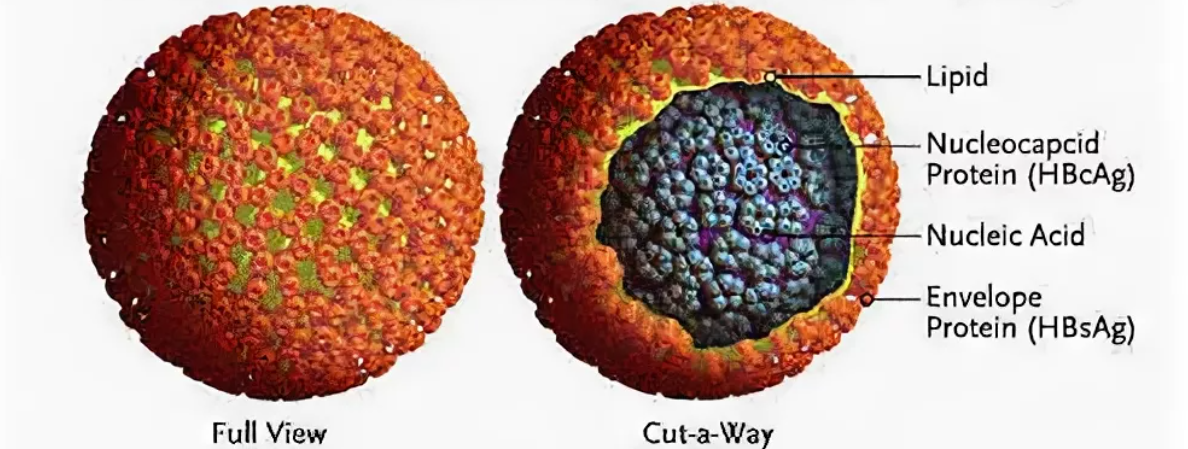Hepatitis B virus (HBV) affects millions of people worldwide and poses a significant global health burden. As researchers strive to develop effective antiviral treatments, the Antiviral HBV Library stands as a valuable resource. In this blog post, we will delve into what the Antiviral HBV Library is, its significance, and how it can contribute to combating HBV infection.
Understanding the Antiviral HBV Library
The Antiviral HBV Library is a specialized collection of small molecules that have been systematically designed and synthesized, aiming to inhibit the replication and activity of the Hepatitis B virus. This library contains a unique and diverse array of compounds that have undergone rigorous testing to identify potential antiviral activity against HBV.
The Global Impact of Hepatitis B Virus
Hepatitis B virus is a major global health concern, particularly in regions where it is highly endemic, such as sub-Saharan Africa and East Asia. Chronic HBV infection increases the risk of serious complications, including liver cirrhosis and hepatocellular carcinoma (a leading cause of liver cancer). Despite the availability of a preventive vaccine, effective treatment options for chronic HBV infection are urgently needed.
The Role of the Antiviral HBV Library
The Antiviral HBV Library plays a pivotal role in the search for effective treatments against HBV. Here’s why it is significant:
Diverse Compounds with Targeted Activity: The library contains a vast range of compounds specifically designed to target various stages of the HBV life cycle, such as viral entry, replication, and assembly. These compounds are carefully selected to interrupt key viral processes, with the goal of inhibiting HBV replication and reducing viral load.
Accelerating Drug Discovery: Developing novel antiviral drugs is a complex and time-consuming process. The Antiviral HBV Library expedites drug discovery efforts by providing researchers with a ready-made repository of compounds that have already undergone initial screening for antiviral activity. This allows researchers to focus on optimizing potential lead compounds and evaluating their efficacy and safety.
Identifying New Mechanisms of Action: The Antiviral HBV Library enables researchers to explore new pathways and mechanisms of action involved in HBV replication and infection. By testing the library’s compounds against HBV targets, scientists can gain a deeper understanding of viral biology, potentially uncovering novel vulnerabilities that can be targeted for therapeutic purposes.
Combination Therapy Approaches: HBV infection is known for its ability to develop drug resistance. The Antiviral HBV Library offers the opportunity to identify compound combinations that can tackle HBV from different angles. Combining compounds with distinct modes of action can increase treatment efficacy while reducing the likelihood of resistance development.
Collaboration and Future Directions
The fight against HBV necessitates collaborative efforts between researchers, pharmaceutical companies, and public health organizations. Sharing data, resources, and compound libraries, including the Antiviral HBV Library, can enhance research outcomes and facilitate the development of more effective and accessible antiviral treatments. Moreover, continued investment in research and development is essential to translate promising compounds from the library into safe, efficient, and affordable therapies.
Conclusion
The Antiviral HBV Library represents a powerful tool in the battle against HBV infection. With its diverse range of compounds, targeted activity, and potential for identifying new mechanisms of action, the library offers hope for the development of improved antiviral therapies. By fostering collaboration and dedicated research efforts, we can harness the full potential of the Antiviral HBV Library and move closer to effectively managing and eradicating Hepatitis B virus infections worldwide.
Keywords: Antiviral HBV Library, Hepatitis B virus, small molecules, antiviral activity, drug discovery, viral replication, combination therapy, drug resistance, collaboration, research efforts.




